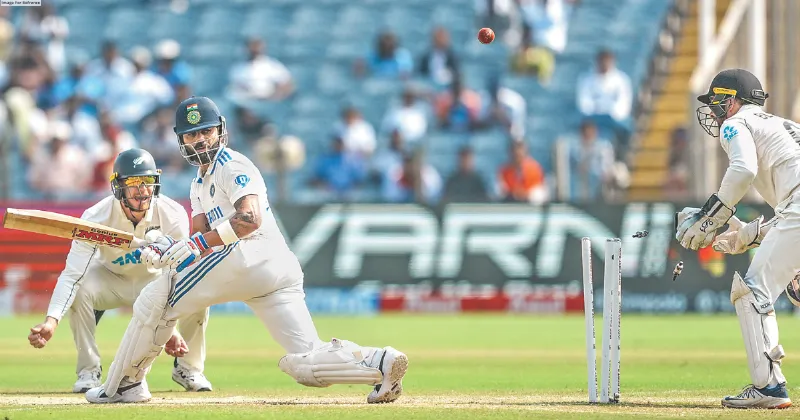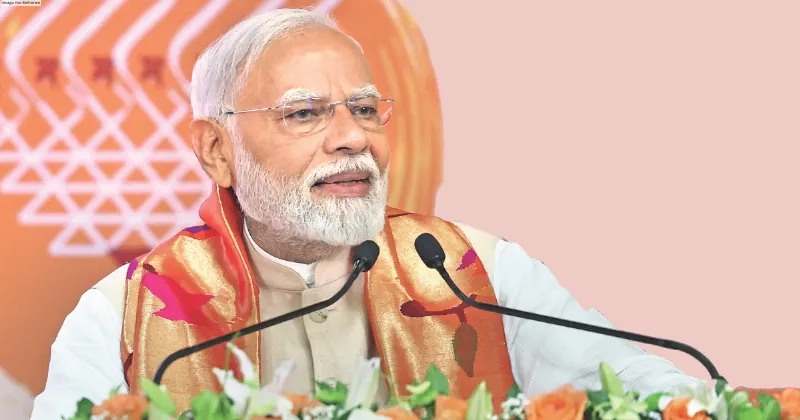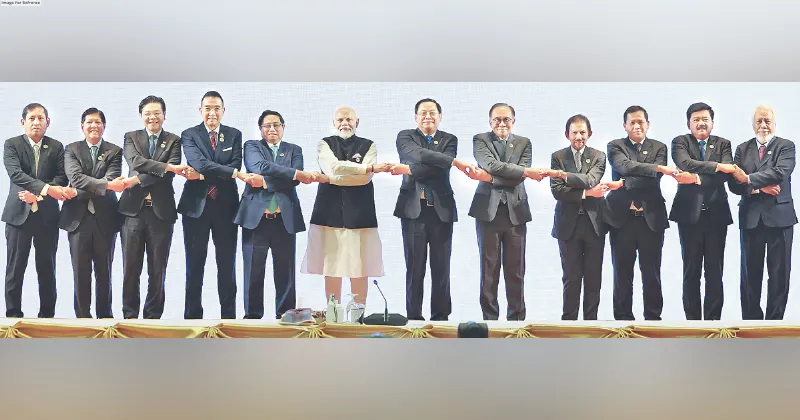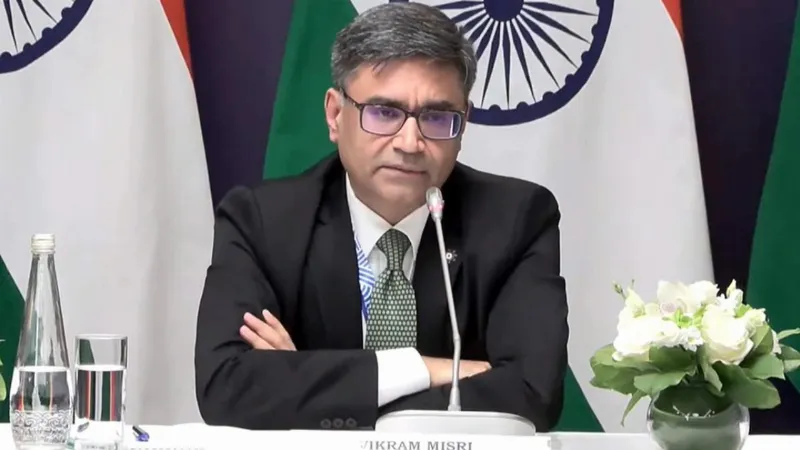Latest News
INDIA GOES BEYOND EARTH (Exploring the Universe)

India created history when the Indian Space Research Organization (ISRO) successfully launched it’s heaviest rocket Launch Vehicle Mark-3 (LVM3)PSLV on 23 Oct 2022 carrying 36 satellites and launched them into space successfully. This was the highest number of satellites ever launched from a launcher vehicle. 135 crore Indians including the President and the Prime Minister of India put their hands together to applaud the efforts of ISRO scientists. In 1960, the thought of just inventing space technology was far-fetched and nearly impossible for Indians. Till the end of 20th Century, India was still perceived as a low cost, poor technology destination. We converted this threat into opportunity in 21st Century and today India is most economic launch-pad for space missions and satellites in the world.
BABY STEPS TO GIANT LEAPS
Dr Vikram Sarabhai formed the Indian National Committee for Space Research (INCOSPAR) in 1962. INCOSPAR then grew and became the Indian Space Research Organization (ISRO) on August 15th, 1969. The world looked up to applaud India’s feat when it achieved the rare success of launching record breaking 104 nano satellites into orbit, from a single rocket. It soon became the workhorse launcher for satellites, with a high success rate. As ISRO launched many satellites India established itself as a as a reliable and cost effective place in the world for satellite launches. As we celebrate “Azaadi Ka Amrit Mahotsav”, let’s look back at this arduous space journey of 75 years and flag the discoveries that put India on the global map.
Aryabhatta: Named after the noted Indian astronomer, Aryabhatta was India’s first satellite which was launched on 19th April, 1975. This was an iconic moment in the history of India.
SLV-3: The Satellite Launch Vehicle-3 (SLV-3) was India’s first experimental satellite launch vehicle, which was a four-stage vehicle It was launched on July 18, 1980. SLV-3 made India the sixth member of an exclusive club of space-faring nations.
PSLV: The Polar Satellite Launch Vehicle (PSLV) was India’s third generation launch vehicle, equipped with liquid stages, launched in Oct 1994. It emerged as a reliable launch vehicle with 39 consecutively successful missions and the vehicle has launched 48 Indian satellites and 209 satellites for customers.
Chandrayaan-I: Chandrayaan-1 was India’s first moon mission launched in October 2008. The spacecraft completed over 3,400 orbits around the moon and indicated existence of water on the moon, for the first time.
Mangalyaan: The Mars Orbiter Mission (MOM) was India’s first interplanetary mission. This was launched on Nov 5, 2013. It made India proud to be the first nation in the world to reach the Martian orbit in its maiden attempt. India became the fourth space agency in the world to reach Mars orbit, at the lowest cost.
GSLV: Another outstanding development by ISRO is the Geosynchronous Satellite Launch Vehicle (GSLV). GSLV-D5 was the first successful flight using the indigenous cryogenic engine. Recently, LVM-3 created history by carrying highest payload of 5796 Kg and successfully placing 36 satellites into orbit of Earth.
Mission Shakti: In a maiden attempt, the Defence Research and Development Organization (DRDO) successfully blasted a satellite with its anti-satellite (ASAT) missile on 27 March 2019. With this, India became the fourth country in the world to acquire antisatellite capabilities.
AEROSPACE DOMINANCE
Dominance of space is the new buzz in the 21st Century. It is perceived that future wars will witness aerospace as the new battlefield and hence the race to dominate space. An advancement in the space domain is seen as an lead demonstrator in military technology. Hence the ‘space race’ to dominate the space for future warfare. In March 2019, India successfully tested an anti-satellite weapon. Perhaps more significantly, India established two new space agencies in 2019: the DSA and the DSRO DSA is organized to perform duties of integrating space assets from the three services and developing strategy for space dominance and space warfare, whenever it happens. DSRO is a research organization geared toward facilitating devp of civilian space technology for military purposes.
CONCLUSION
ISRO is developing Next Generation Launch Vehicles with reusable energy and capable of lifting payloads upto 10 tonnes. It’s likely to be ready by 2030. India also eyes setting up of own space station by 2035, a rare feat indeed. In the changing space security dynamics, India’s space program has developed credible launch capabilities. The country is working to increase its capabilities in the space domain to assert itself as a potent regional power in the future while pursuing its goal of becoming a global power.
THE VIEWS EXPRESSED BY THE AUTHOR ARE PERSONAL
MAJ GEN CP SINGH (RETD) The writer is a scholar soldier accredited with MA, MSc, LLB, MBA, M Phil (Def Mgt) and M Phil (International Strategic Affairs)





















